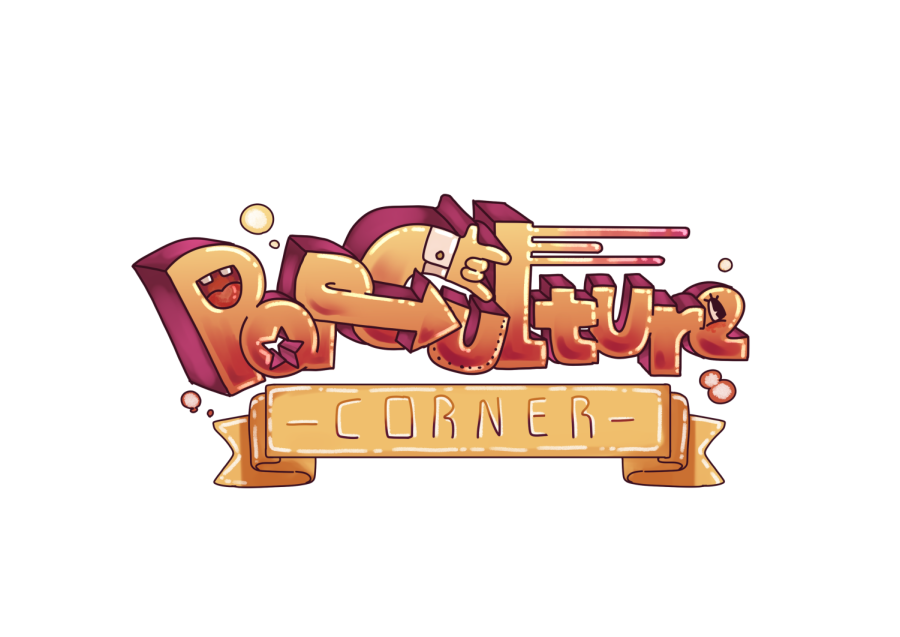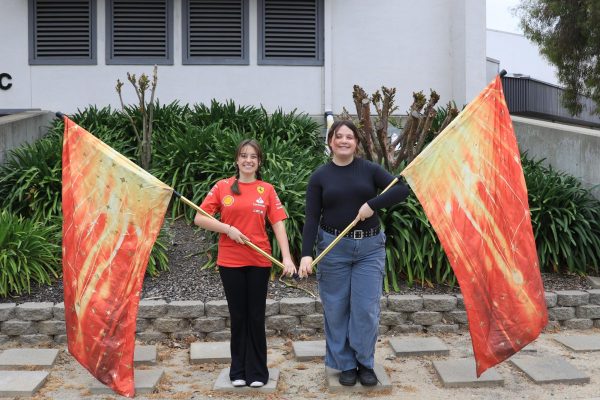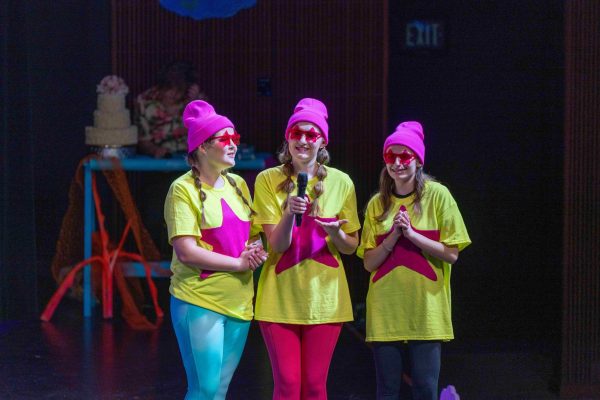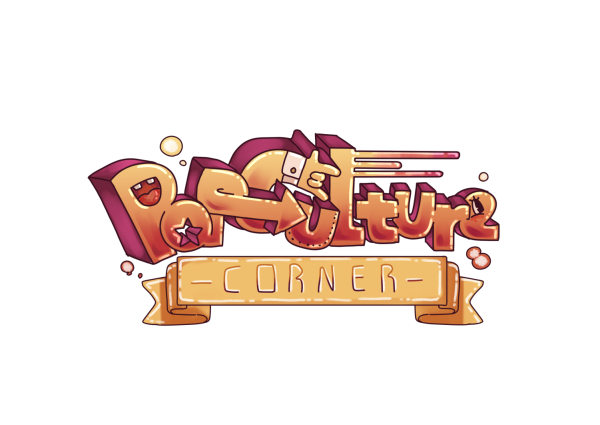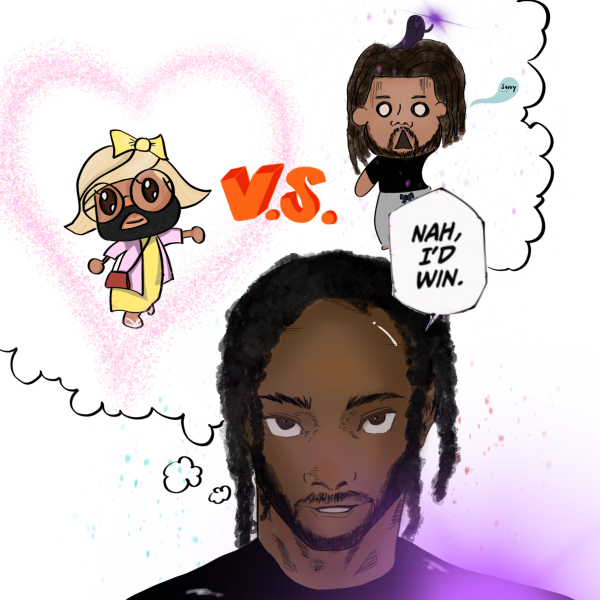Are live-action remakes really worth making?
“Pinocchio,” “The Jungle Book,” and “Aladdin” are all films that may be familiar to many people.
But it is often their recent live-action remakes that ring a bell as opposed to the original animated films.
With major movie corporations such as Disney deciding to remake their older movies in live action, there are surprisingly many problems with this tactic.
While Hollywood studios’ intentions to evoke nostalgia from those who watched the original animated films is a lucrative idea, several problems quickly emerge.
For instance, much of the nostalgia is given off by the characters, who are often updated to conform with today’s standards. This turns our favorite childhood characters into completely new characters, making them less relatable and often less enjoyable to watch.
This takes away a large portion of the nostalgia these remakes are meant to evoke in viewers.
They fail on other standards as well. Without the charm produced by the original films, many viewers are left unsatisfied with what they see on the screen. Because so many of the originals were made in unique styles that resonated with so many people, modernizing them seems to be more of an artificial attempt at recreating the appeal that can only be found in the originals.
Since these films are remakes, they are also extremely costly for studios to produce. These costs might be justified because studios expect them to turn a major profit.
But such projects are still way too costly not only in terms of money but also the time and energy required to make them.
The reality is that the majority of these remakes do not do as well as anticipated when released in theaters, which results in a loss of money for the producers and the studios, as well as wasted time and effort of all those involved.
For example, the 2022 Disney live-action remake of “Pinocchio” had a budget of $170 million but only made $115 million in the United States, according to Forbes. Many who saw that film also thought poorly of it, as it only scored 5/10 on IMDb and 29 percent on Rotten Tomatoes.
But the original 1940 animated classic scored 100 percent on Rotten Tomatoes and 7.5/10 on IMDb.
Another Disney remake that did poorly in the theaters was “Mulan,” which made only $70 million compared to its $200 million budget.
Although the Disney classic “Aladdin” faired much better at the box office, the 2019 remake scored only 6.9/10 on IMDb and 57 percent on Rotten Tomatoes. Conversely, the original 1992 animated film earned 8/10 on IMDb and 95 percent on Rotten Tomatoes.
Disney’s live-action remakes are not the only ones that have been received poorly.
Universal Studios’ 2000 live action “How the Grinch Stole Christmas” also was reviewed poorly, scoring 6.3/10 on IMDb and 49 percent on Rotten Tomatoes. This stands in stark contrast to the 1966 original animated film of the Dr. Seuss classic, which scored 8.3/10 on IMDb and 100 percent on Rotten Tomatoes.
Two other examples are the upcoming films “The Little Mermaid” and “Peter Pan and Wendy.” Both films will follow the plots of their respective originals with few differences. There is also controversy surrounding them with cast members from both movies being from minority backgrounds.
Recent remakes add very little value to the original film’s plot or characters. This translates to a heavy reliance on nostalgia and familiarity with the original films, which today’s younger audiences may not have, leading to a lack of engagement.
Finally, many remakes are overshadowed by other releases, which draw public attention away from them. Low viewership for these movies means that the money spent on advertising and production among other things means the budgets were wasted on films few watched and many disliked. While there are a few exceptions to this, most remakes have not been too successful.
These factors make it ever clearer that live-action remakes are an inefficient use of resources that could be better spent on original content that stands on its own rather than on the accolades of previous works.

Senior Pranav Khosla is a first time reporter for The Californian. He enjoys writing and reading about history. Outside of school, he enjoys writing and...
